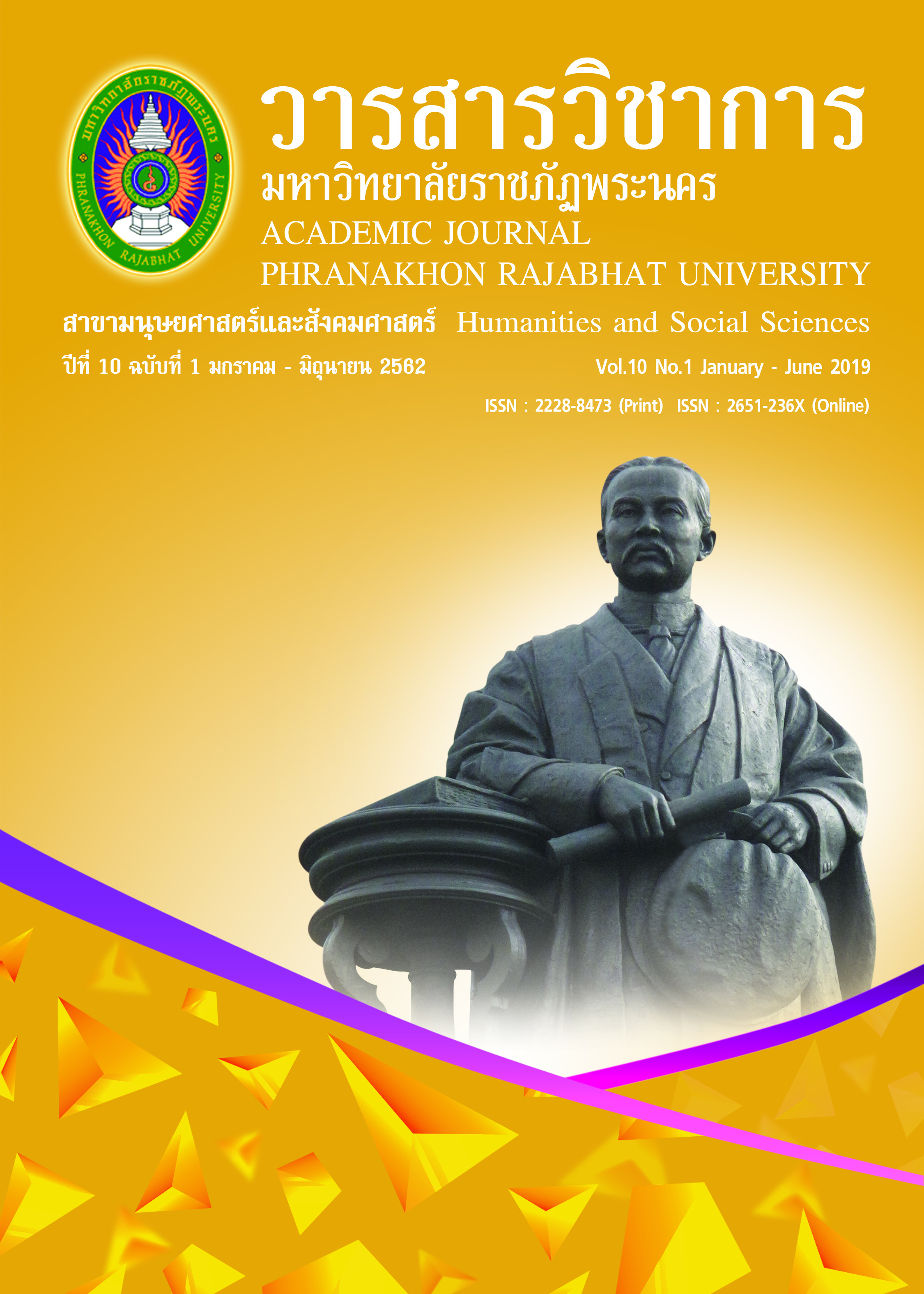A COMPETENCY MODEL FOR PERFORMANCE OF IMMIGRATION POLICE
Keywords:
a competencies model, performance, immigration policeAbstract
In this dissertation, the researcher examines (1) the performance competencies of immigration police personnel; describes and analyzes the construction (2) of a performance competencies model for these immigration police personnel and thence (3) the model constructed by the researcher is evaluated. The research and sample population included personnel working in the offices of the Immigration Bureau in the academic year 2018. Utilizing the purposive sampling method, the researcher selected a sample population consisting of 21 experts from those employed at the offices of the Immigration Bureau and 60 immigration police officers, academics, and human resource development personnel. The research instruments consisted of a questionnaire administered to experts and an evaluation form for the model. Utilizing techniques of descriptive statistics, analysis of the data collected involved the basic techniques of percentage, mean (M) and standard deviation (SD).
Findings are as follows: 1. The results from the review of the literature showed that there are 79 appropriate competencies required in work performance. The competencies studied by three or more researchers were considered and twelve salient competencies were found as follows: (1) knowledge; (2) skills; (3) self-efficacy; (4) habits; (5) motivation; (6) communication; (7) leadership and change; (8) achievement motivation; (9) service mind; (10) expertise; (11) integrity; and (12) teamwork. 2. When considered by reference to its mission, the performance competency model for the immigration police displayed important competencies as follows: (1) The aspect of increasing capabilities for the control of immigration procedures in the whole system consisted of competencies in the aspects of knowledge, skills, and self-efficacy. (2) The aspect of solving problems appertaining to transnational crime and aliens posing concrete threats to the peace and order of the country consisted of competencies involving the aspects of knowledge, skills, and expertise. (3) The aspect of solving problems generated by the image of tardiness in immigration procedures at the country’s borders and international airports consisted of competencies in the aspects of knowledge, skills, and leadership and change. (4) The aspect of speedily developing a structure for mobilizing mechanisms in all aspects in the lead up to Thailand 4.0 consisted of competencies in the aspects of knowledge, skills, and achievement motivation. (5) The aspect of responding to the control of alien workers as the mission of the whole system of immigration consisted of competencies in the aspects of knowledge, skills, and expertise. 3. Evaluation of the model by 60 experts showed that the model constructed by the researcher exhibited appropriateness at a high level and its feasibility for practical performance instantiation was also evinced at a high level.
References
Bhuvittayaphan, A. (2012). Competency-base: Training Road Map. Bangkok. Pimdee Printing Company Limited. (in Thai)
Gomez-Mejia, L.R., Balkin, D.B. & Cardy, R.L. (2007). Managing human resource (5th ed.). Upper Saddle River, NJ: Pearson Prentice-Hall.
Kramnaimueng, S. (2010). The development of executive competency model to promote the quality of education of the Border Patrol Police School. Bangkok: Educational Administration (Doctor of Philosophy). Eastern Asia University. (in Thai)
Marrelli, A.F., Tondora, J. & Hoge, M.A. (2005). Strategies for developingcompetenymodle. Administration and Policy in mental HenHeal. 32, 533-560.
McClelland, C. David. (1973). “Testing for competence rather than for intelligence”, American Psychologist.
McShane, Steven L. and Von Glinow, Mary Ann. (2005). Organization Behavior. 3d ed. New York : McGraw-Hill Co.
Office of the Civil Service Commission. (2010). Indicating Manual for competency of the Civil Service: Core Competency Handbook. Bangkok: Author. (in Thai)
Phlithanyawong, K. (2011) Competency Model for the Administration of Police Superintendent in the Royal Thai Police, Bangkok: Public Administration (Doctor of Philosophy), Eastern Asia University. (in Thai)
Royal Thai Police. (2017). Royal Thai Police Strategy, 2012-2021. Search on 15 March 2019, from https://finance.police.go.th/filedownload/ Royal Thai Police Strategy. (in Thai)
Spencer and Spencer. (1993). Competency at Work: Model for Superior Performance. New york : Wily & Sons.
Thipapal, P. (2012). Modern organizational behavior. Bangkok: Amorn Printing. (in Thai)
Downloads
Published
How to Cite
Issue
Section
License
"บทความวิชาการในวารสารฉบับนี้ ถือเป็นความรับผิดชอบของผู้เขียนเท่านั้น"
สงวนลิขสิทธิ์ตามพระราชบัญญัติลิขสิทธิ์




